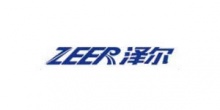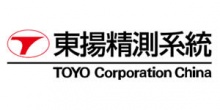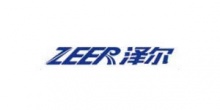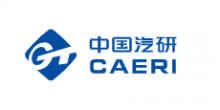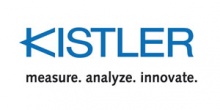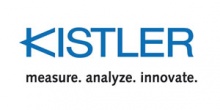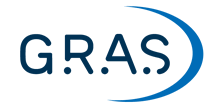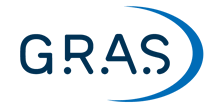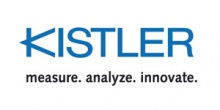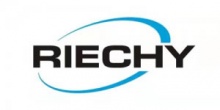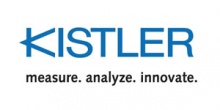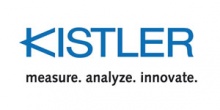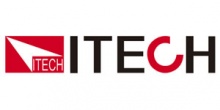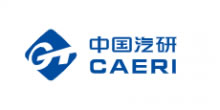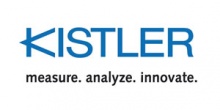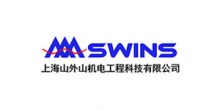Ricardo develops key enablers for truck platooning
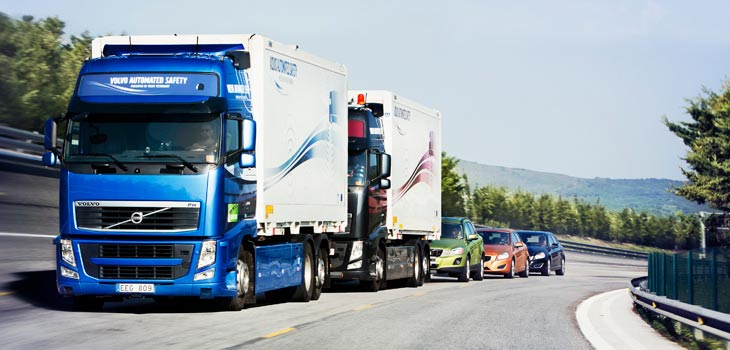
Global engineering, environmental and strategic consultancy Ricardo’s connected and automated vehicle (CAV) experts were actively involved in the recently completed EcoTwin III truck platooning project in Europe and have continued their research as the British-based company works to develop solutions for heavy-duty long-haul truck platooning. This is to enable CO₂ emissions reductions and operator fuel savings while improving traffic flow and road safety.
The EcoTwin III European research initiative successfully developed technology for a robust three-truck platooning system enabling an inter-vehicle time gap for platooned trucks of 0.3 seconds or less (7m at 80 km/h) that is both functionally and operationally safe.
Since the project’s conclusion in late 2017, the Ricardo team has continued to build upon the results in the crucial areas of functional safety and the development of platooning control software.
“Truck platooning offers an opportunity to improve the safety of truck transportation, and cut CO₂ emissions and operator fuel costs, while also reducing the demands placed upon truck drivers,” explained Ricardo vehicle automation and safety specialist Richard Saady.
“This is probably one of the closest to market CAV applications and one that offers tangible environmental, commercial and safety benefits. We are pleased therefore to be developing some of the enabling technologies and participating in collaborative R&D programs, aimed at bringing the benefits of this technology to the world’s highways.”
Ricardo has further developed: processes for CAVs based on a modified approach that is based on the automotive functional safety standard ISO 26262; and a deeper understanding of the requirements of highways authorities for CAV road exemptions. It has also continued to develop its PCAMS (Platooning Control Algorithms, Model and Simulation) software which provides a ‘whitebox’ system that is adaptable for platoon lead and following vehicle control using camera/radar and V2V data.
编辑推荐
最新资讯
-
国内现货!GRAS 46AE/146AE 限时优惠直降 5
2025-04-22 16:22
-
仿真测试必要性及标准法规
2025-04-22 16:22
-
福特退出中国,进入倒计时!
2025-04-22 16:21
-
高效三通道双向电源:释放测试潜能
2025-04-22 09:23
-
R171.01对DCAS的要求⑦
2025-04-22 09:20





 广告
广告


